I've ruffled a lot of feathers in that wild place called Social Media with my apparently very controversial but common sense opinion that cake should NOT be kept in the fridge.




Everyone loves a moist, fluffy, flavoursome cake – but how you store your cake can make or break its taste and texture. And as the official Cake Police, I'm going to use cold-hard-science to prove it.
As tempting is may be to pop leftover cake into the refrigerator, assuming the chilly air will keep it fresher for longer, in reality, refrigeration dries out the sponge and dulls the flavour. Food science tells us that, for most cakes, room temperature is actually the sweet spot. In this article, we'll explore the science behind proper cake storage, from natural preservation by sugar and fat to the chilling effects (literally) of the fridge on your cake’s quality. We’ll also cover some common-sense tips and note when refrigeration is actually necessary. Let's dig right in.
Room Temperature Safety: Why Cakes Won't Spoil
High-sugar, high-fat cakes are, perhaps surprisingly for some folks, shelf-stable at room temperature – this is based on solid science. Both sugar and fat act as natural preservatives in baked goods, helping cakes stay fresh (and safe) for days without refrigeration. Here’s how:
- Sugar reduces “available” water for microbes. Food scientists, bakers and chefs have long known that sugar-rich environments inhibit microbial growth. Microorganisms need water to thrive, and sugar binds up water via osmosis. While at very low sugar levels microbes can feast, beyond a threshold, sugar flips to being an antimicrobial agent. In high concentrations, sugar literally pulls water out of microbial cells, dehydrating and disabling them. This is why jams and preserves (packed with sugar and stored in cupboards) rarely grow bacteria. Scientific studies confirm this effect: common food pathogens can’t grow when sugar levels are very high. By tying up moisture, the sugar in cake frosting and sponge creates an inhospitable environment for most bacteria and slows down mould.
- Fat creates a moisture-seal. Cakes often contain a lot of fat (butter, oil, etc.), and in frosted cakes, there’s an outer layer of buttercream or ganache. Fat is hydrophobic – it repels water. A thick coating of buttercream acts like an edible seal, limiting contact between the air and the cake’s interior. This helps lock moisture into the sponge. Additionally, fat doesn’t support bacterial growth on its own (pure fats have virtually zero water). So butter in frosting has a dual-purpose: making the cake delicious and creating a barrier that keeps the cake from drying out quickly.
- Shelf-stable in cool, dry conditions. Thanks to sugar and fat, a typical cake with frosting can sit at cool room temperature (around 18–20 °C) for 3-5 days with minimal quality loss when stored well. Professional bakeries and pastry chefs, like ourselves, often recommend room-temperature storage for such cakes. The key is to keep the cake in a cool, dry place away from direct sunlight (sunlight can heat, melt and spoil the cake, and UV light can degrade fats and colours). An airtight container, bakery box, cling film or cake dome works well to protect against air and light. (But we err on the side of caution if the cake has any ingredients that might spoil – more on those exceptions later.)

Where does the UK Food Standards Agency Stand on Cake Storage?
As a bakery business we have to adhere to the UK's FSA guidelines on food manufacturing. There are no ways to dodge this as doing anything that breaks the food safety guidelines when serving the public in the UK could result in hefty fines, and depending on severity of offence...it could also lead to actual prison time. Neither of the outcomes are particularly pleasant you'll agree.
According to food safety guidelines, cakes high in sugar with no perishable fillings are considered low-risk at ambient conditions – the UK Food Standards Agency considers these “ambient stable” goods that do not require refrigeration like high-moisture foods do (eg. milk or meat). In short, the sugar and fat in cake give you a built-in grace period.
So if the science and the FSA BOTH agree on cake being kept out of the fridge, then who are we to argue??

Why the Fridge Is Problematic: Texture, Flavour and Staling Chemistry
Refrigerating cake might seem like a good idea to extend its life, but cold storage often does more harm than good for cakes that don’t strictly require it. Chilling changes the cake’s texture, mutes its flavour, and can trigger chemical reactions that make it go stale faster. Let’s break down the main issues caused by the fridge:
Texture Troubles: Drying and Hardening
- Moisture loss (osmotic drying): Ever notice how bread goes hard in the fridge? The same happens to cake. Fridge environment is not only cold but also very dry (especially frost-free fridges that pull moisture out of the air). This causes moisture from the cake to migrate outwards. Furthermore, if you have a sugary frosting or filling, osmotic pressure can draw water from the sponge into the drier, sugar-rich frosting. The result? The sponge that was soft and tender becomes dry and firm. In food science terms, the water activity of the cake equilibrates with its surroundings, and the fridge spells a net loss of water from the cake.
- Accelerated starch retrogradation (staling): Cold temperatures actually make baked goods go stale faster. The culprit is starch retrogradation – a process when starch molecules (from the flour) in cake start to crystallise and harden, squeezing out water in the process. Starch retrogrades most rapidly at refrigerator temperatures (~4 °C). Studies on bread – which has a similar starch profile to cake – show that retrogradation (and hence staling) happens quickest around 0–5 °C. In one cereal science study, bread stored just above freezing turned hard much sooner than bread stored at room temp. So when you put that vanilla sponge in the fridge, you’re actually turbocharging the staling reaction inside it. The fluffy gelatinised starch that made your cake tender begins reverting to a firm, crystalline form, giving the crumb a stiff, stale mouthfeel.
- Hard buttercream and congealed fats: Most cake icings (buttercream, ganache) and many cakes (pound cakes, etc.) are high in butter or fat. At room temperature, these fats are soft, silky and melt in the mouth. Fridge temp? They go rock hard solid. Butter solidifies at cold temps, which means that luscious creamy frosting transforms into a stiff, waxy lump. A fat-rich cake crumb will firm up as well. The texture change is dramatic: what was silky on your tongue is now hard and fatty. If you’ve ever tried to spread cold butter on toast, you know how unyielding chilled fat can be. On a cake, a cold buttercream can even detach from the cake in chunks when you cut it, because it’s so firm. The mouthfeel is also rank – it melts slowly, imparting less flavour. Overall, refrigeration can give your cake the texture of a rubber flip flop. You might as well just chew on a flip flop because what's the point.

Flavour Fumbles: Why Cold Dulls the Taste
Refrigeration doesn’t only mess with texture – it also conceals flavour in your cake. This happens in a few ways:
- Muted taste buds and aroma receptors: Our tongue’s taste receptors and our nose’s odour receptors are less sensitive when food is cold. Ever notice how ice cream is intentionally super sweet? That’s because cold suppresses sweetness – if that ice cream melted, it would taste overly sweet. With cake, the delicate balance of sweetness, salt, and flavourings is flattened when cold. Many aromatic compounds in cake (like vanilla, spices, chocolate volatiles) are less volatile at low temperatures – they don’t evaporate into the air as much, so you smell and taste less of them. The result: your cold cake tastes like a memory foam mattress. The flavours that usually sing in your mouth are dulled right down. Only the loudest notes (maybe sugar sweetness) come through, but all delicious subtleties are lost.
- “Killing” the aroma (temporarily): Some flavourful components in foods actually disappear or go dormant in cold conditions. For example, cold can cause fats to solidify around aroma molecules, trapping them. If your cake has fruity or buttery notes, those may be less apparent until the cake warms up again. One study on tomatoes showed that chilling suppresses the enzymes that generate aroma compounds, though the effect was reversible when returned to room temp. In cake, we’re mostly dealing with volatility and our own muted senses. Key point: If you’ve ever eaten a cold slice of cake and found it bland, the fridge is why. For maximum flavour, most cakes should be served at room temperature, where their aromas can freely reach your nose. (It’s the same reason we let red wine warm up and cheese come to room temp – cold mutes flavour and aroma perception.)
- Loss of freshness and “baked” flavours: Have you noticed that a refrigerated cake sometimes lacks the lovely buttery smell or the nuanced flavour it had on day one? Some of that is muted aroma as described, and some can be slight chemical changes. Staling processes can lock up flavourful compounds. Also, odours from other foods in the fridge can overpower the cake’s own aroma, effectively masking it.
Cold cake just tastes less – less sweet, less rich. And maybe even smells of fish, butter chicken, pickles and whatever else you've stuck in the fridge with it.

Chemistry and Physical Reactions: Unintended Side Effects
- Fillings can change consistency: If your cake has a special filling – say, a fruit jam, a custard, or a lemon curd – the fridge can throw it off balance. Jam or curd can firm up excessively or even separate when chilled. For instance, butter-based curds will harden (due to butter fat solidifying) and might develop a slight separated look, with tiny droplets of syrupy liquid weeping out. Gel-based fillings (like some jams or jellies) can synerese (expel water) under cold, dry conditions, especially if the sugar concentration isn’t extremely high. This means your once-smooth filling might turn a bit grainy or leach moisture into the cake around it. Custard or cream fillings can also suffer – a pastry cream thickened with starch can retrograde and squeeze out water at fridge temps, leaving a watery layer. While these changes aren’t dangerous, they can harm the cake’s overall texture (nobody likes a soggy bottom or a gum-line between layers).
- Curdled ganache or frosting: Some emulsified frostings or ganaches can “break” in the fridge if not made to withstand it. For example, chocolate ganache made with cream can sometimes develop sugar crystals or slight graininess when stored cold, and upon returning to room temp it’s not as silky. Likewise, a meringue-based buttercream might weep tiny amounts of syrup in the fridge. These are finer points, but worth noting: the fridge can upset the balance of complex mixtures in a cake.
In summary, the fridge is a hostile environment for a classic cake. It sucks out moisture, stales the starch in the sponge, solidifies fats, and dampens flavour. Unless a cake has perishable components that demand refrigeration, you’re usually better off keeping it at room temp (properly covered) to maintain that soft crumb and rich flavour.
Common Sense & Household Factors: Practical Downsides of Fridge Storage
Beyond the food science, there are some everyday practical reasons to avoid refrigerating cakes (unless absolutely necessary). These might not involve chemical reactions, but they can certainly ruin a good cake-eating experience. Let’s look at a few:
- Odour Absorption – “Refrigerator Taste”: Ever bitten into cake that inexplicably smelt fishy or like cheese? Blame the fridge. Butter and fats are odour sponges – they readily absorb surrounding smells. That lovely buttercream on your cake will soak up the aromas of anything pungent in the refrigerator (think curries, fish, chili, etc.). The science: fats are excellent solvents for flavour molecules, which is why we infuse herbs into butter to capture flavours. But in the fridge, this works against you: the butter in cake will keep dragging in odours from all corners of your fridge. Once these odours latch on, it’s hard to get rid of them. The result can be a bizarre “fridge flavour” overshadowing your cake’s intended taste. Unless your fridge contains nothing but plain water or you have a separate cake fridge (like we do in our bakery), a cake stored in it must be tightly covered – and even then, some odour may seep in. This is a common-sense win for room temp storage (where at least the smells in your kitchen are likely more benign). Nobody wants a chocolate cake with a hint of butter chicken or a Victoria sponge that smells like Stilton.
- Rock-Hard Texture on a Moment’s Notice: We touched on this above – cold cake = hard cake. This becomes a practical serving issue. If you do refrigerate a cake, you’ll need to plan ahead to let it come back to room temperature before serving, especially for buttercream-heavy cakes. A slice of cake straight from the fridge can have the texture of cold butter – dense and greasy. The sponge, too, can feel firm and dry on the palate. If guests impulsively dig into a cold cake, they might think it’s stale or just not very good, when in fact it’s the serving temperature’s fault. Room-temperature cake, on the other hand, is immediately soft, the frosting creamy, and flavours aromatic. So from a serving and enjoyment perspective, fridge-cold cake just doesn’t deliver the same pleasure. (If you must chill a cake for storage, remember to pull it out well in advance – at least a few hours for a whole cake – so it can “breathe”, "relax" and soften up.) Incidentally, customers shoving their cakes in the fridge and serving their cakes cold is our number cause for complaint. I can never shout "DO NOT PUT CAKE IN FRIDGE" louder and more often.
- Condensation and “Sweating” Cake: Here’s a nuisance: when you take a cold cake out of the fridge, water can condense on its surface. Your beautiful cake then looks glossy wet, and that moisture can dissolve surface sugar. As the cold cake warms, humidity from the air forms droplets (“dew”) on it – just like a cold soda can sweating on a hot day. This is especially problematic for fondant-covered cakes or cakes with a chocolate coating. Water condensation can make colours run, create blotches, or cause decorations to slide. And as that moisture later evaporates, it often leaves behind a crust of sugar crystals or streaks. Which leads to…
- Sugar Bloom on Decorations: If you’ve ever seen a white powdery film on chocolate or a sugary crust on fondant after refrigeration, that’s likely sugar bloom. It’s the same phenomenon known in chocolate work: moisture condenses on the cold surface, dissolving sugar, and when the water evaporates, sugar re-crystallizes as a dull white layer. On a cake, sugar bloom can occur on chocolate ganache drips, fondant details, or even on buttercream crust if it’s rich in sugar. It doesn’t harm the cake’s safety, but it might dampen the aesthetics. Room temp storage avoids this completely because you won’t have a temperature shock causing condensation. (If you ever do need to refrigerate a fondant cake, professionals will often wrap it in plastic to avoid moisture contact, or let it come to temp in a box to absorb condensation.)

In short, the fridge introduces practical problems: strange flavours, unappealing textures, and cosmetic issues. A cake at room temp, properly covered, sidesteps these headaches. Your cake will taste like cake, not last week’s curry, and it will feel fresh, not like a brick. Sometimes, common sense aligns perfectly with science: in the case of cake, when in doubt, keep it out (of the fridge).
Use Cases & Exceptions: When to Refrigerate (or Not) and Best Storage Practices
All that said, there are times when refrigeration is appropriate or even necessary for cakes. The key is to know when those exceptions apply, and how to handle cake storage in those cases. Let’s break it down:
When Refrigeration Is Appropriate
Certain types of cakes or cake components must be kept cold for safety – these usually involve perishable ingredients with high water content or rapid spoilage at room temp. For example:
- Cheesecakes and dairy-based cakes: Cheesecake is essentially a custard (cream cheese, eggs, etc.). It must be refrigerated because it’s high in protein and moisture – prime conditions for bacterial growth if left out. The same goes for cakes filled with pastry cream or diplomat cream, Boston cream pie, or any cake where the filling is basically pudding or custard. These are perishable and should be treated like any dairy dish (kept below 5 °C to stay safe).
- Fresh cream or cream cheese frosting: If your cake is frosted or filled with whipped fresh cream (think strawberries-and-cream cake) or has a high-moisture frosting like a cream cheese icing, refrigeration is usually advised. While sugar does help stabilise cream cheese a bit, food authorities recommend refrigeration for cream cheese frostings if the cake will sit out more than a few hours, especially in warm conditions. Fresh whipped cream (unsweetened or lightly sweetened) can grow bacteria after a couple of hours at room temp – it’s similar to leaving milk out. So for cakes like a Black Forest gâteau (with whipped cream) or a carrot cake with thick cream cheese frosting, the fridge is the safer bet. An important note: when serving, you’ll want to let such cakes warm up slightly as well for best texture, but you shouldn’t store them long-term outside the fridge.
- Mousse, chiffon, or Bavarian cream cakes: Many modern cakes have gourmet fillings like mousse (which often contains whipped cream or eggs), Bavarian creams, or gelatine-based layers. These need chilling to set and to stay food-safe. A chocolate mousse cake, for instance, is basically perishable dairy and requires cold storage. Similarly, tiramisu (which is technically a kind of refrigerated cake/dessert) must stay chilled because of mascarpone and cream. In these cases, the structure of the cake might also rely on being cold (a mousse cake could slump if warm).
- Cakes with fresh fruit topping or filling: Fresh cut fruits can spoil or ferment at room temperature. A fruit tart cake or a pavlova with fresh fruit and cream should go in the fridge to keep the fruit from turning or growing bacteria. The downside: the fruit might weep moisture into the cake, but that’s the price to pay for safety.
Think of these cases as the “exceptions that prove the rule.” We expect these cakes to be served chilled (e.g., cheesecake is usually eaten cold or cool). The fridge is non-negotiable here, but we accept some texture trade-offs. The goal in these cases is to minimise the fridge’s negative effects: wrap the cake well to prevent odour transfer and drying, and plan time to remove it from the fridge before serving so flavours and textures can partially recover.
Cakes Best Kept at Room Temperature
For most standard cakes, refrigeration is unnecessary (and detrimental). You should not refrigerate these unless you have to:
- Butter cakes and sponge cakes (unfrosted or buttercream-frosted): Your classic birthday cake, a sponge layered with jam and buttercream, a chocolate fudge cake – these shine when stored ambient. They have plenty of sugar and fat which preserve them as we discussed, and no ingredient that will spoil in a day or two. Buttercream-frosted cakes in particular are champions of room temp storage; the frosting itself keeps the cake from drying. Refrigerating a plain sponge or butter cake will only make it dry and firm. So keep these on the counter (covered) and they’ll remain soft and delicious.
- Fondant or sugarpaste-covered cakes: Fondant is basically a sugar dough – it actually prevents drying of the cake by sealing it completely. These cakes (common for decorated wedding or birthday cakes) can stay at room temp for several days. In fact, putting fondant cakes in the fridge often causes more harm (condensation can ruin the fondant surface as we noted). Professional cake decorators almost always store their fondant-covered creations in cool, dry rooms instead. The high sugar content acts as a preservative. Unless the cake underneath has a perishable filling, skip the fridge for fondant cakes. They’ll be fine under a dust cover or in a cardboard cake box in the pantry.
- Oil-based cakes or loaf cakes: Many pound cakes, banana breads, or carrot cakes (sans cream cheese frosting) are very stable. They often taste more moist on day 2 when kept at room temp because the oils have had time to distribute. The fridge would only turn them stodgy. Keep these wrapped on the counter – they can last nearly a week that way if well-wrapped (though quality diminishes after a couple days).
In essence, any cake that doesn’t include a clearly perishable component is usually best kept at room temperature. Your guide should be: what in this cake could go “bad” if not refrigerated? If the answer is “nothing obvious” (flour, sugar, butter, eggs baked into a stable matrix, sugary frosting), then you have a shelf-stable cake.
Best Practices for Storing Cake at Room Temperature
When storing cakes outside the fridge, a few simple best practices can ensure maximum freshness and safety:
- Cover or wrap the cake to reduce air exposure. Oxygen and airflow will dry out a cut cake quickly. For uncut cakes, an inverted bowl or cake dome works great to cover it. For cakes that have been cut, press a piece of plastic wrap against the cut sides (the exposed crumb) to prevent it from drying. You can also cover the whole cake in plastic wrap or foil if it’s not frosted (or if you don’t mind disturbing the frosting). Even placing the cake inside a clean cake carrier or large airtight container works. The idea is to lock in the cake’s own moisture instead of letting the fridge suck it out.
- Keep it in a cool, dark place. “Room temperature” doesn’t mean in direct sun or next to the oven. Ideally store the cake in a cool part of your kitchen or any other room, out of sunlight (light can degrade flavours and colours, and heat will shorten shelf life). A pantry, cupboard, or simply a shaded corner of the countertop is fine. The temperature range of about 15–22 °C is ideal. If your home is very warm (middle of summer with no A/C, for example), then you might need the fridge as a last resort.
- Consider humidity: Very humid environment can make unfrosted cakes go soggy or sticky over time (sugar in the cake can absorb moisture from the air – the flip side of sugar’s hygroscopic nature). In humid climates, an airtight container is especially important, or even a light wrapping with cling film, to keep external moisture out. Conversely, in very dry climates, wrapping keeps the cake’s internal moisture in. So either way, covering the cake is the way to go.
- Eat within a few days (or freeze for longer storage): Even at room temp, a cake won’t stay perfect forever. Plan to consume homemade cakes within about 3-5 days for optimal taste and texture. After that, the staling will be noticeable and mould could eventually set in. If you need to store cake longer, freezing is a better option than refrigerating. Tightly wrap and freeze, then thaw at room temp when needed – this halts staling far better than the fridge. Freezing and thawing is another topic, but just know it’s superior to the fridge for holding cake quality over more than a few days.
- For leftovers, slice and wrap individually: Once a cake is cut, you can wrap slices individually in cling film and keep them at room temp a bit longer (or freeze them). This minimizes air contact. Plus, it’s then easy to grab a slice without exposing the whole cake repeatedly.
In summary, proper wrapping, a cool environment, and reasonable time limits are your allies for room-temperature cake storage. This maximises the natural preservative power of sugar and fat in the cake while preventing the quality loss that fridges cause.
Let Them Eat (Room-Temp) Cake
In the grand scheme of food science, cake is a remarkably forgiving item. Loaded with sugar and fat, it naturally fends off bacteria and stays moist and flavourful. The science and tips above all point to a simple rule: unless your cake has perishable ingredients, keep it out of the fridge. Room temperature storage keeps the crumb soft, the frosting creamy, and the flavour at full bloom. Meanwhile, the refrigerator – despite its reputation for preserving food – tends to rob cake of its finest qualities.
Of course, food safety comes first, so for those cheesecakes and mousse cakes, use the fridge as needed – just be aware of the trade-offs and allow time to “wake up” the cake before serving. But for your average celebration cake or batch of cupcakes, remember that the countertop is often the best place to park them. Your reward will be a cake that tastes just as wonderful on day two as it did when freshly baked.
Now that you know why cake and fridge aren’t the best of friends, you can store your cakes with confidence. And if you are just one of those weirdos that actually likes to eat cold, hard cake...then crack on! No judgement, you do you boo.




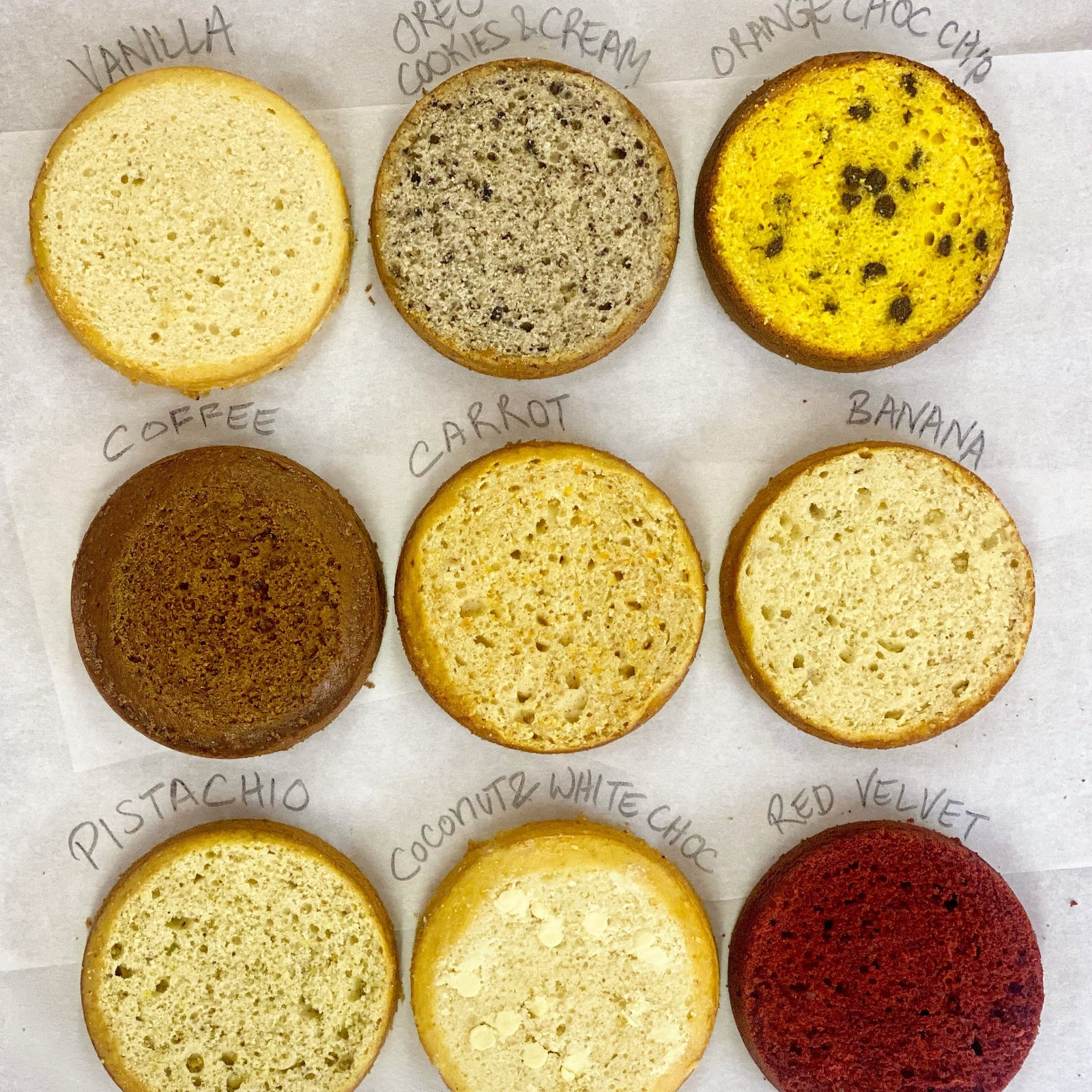
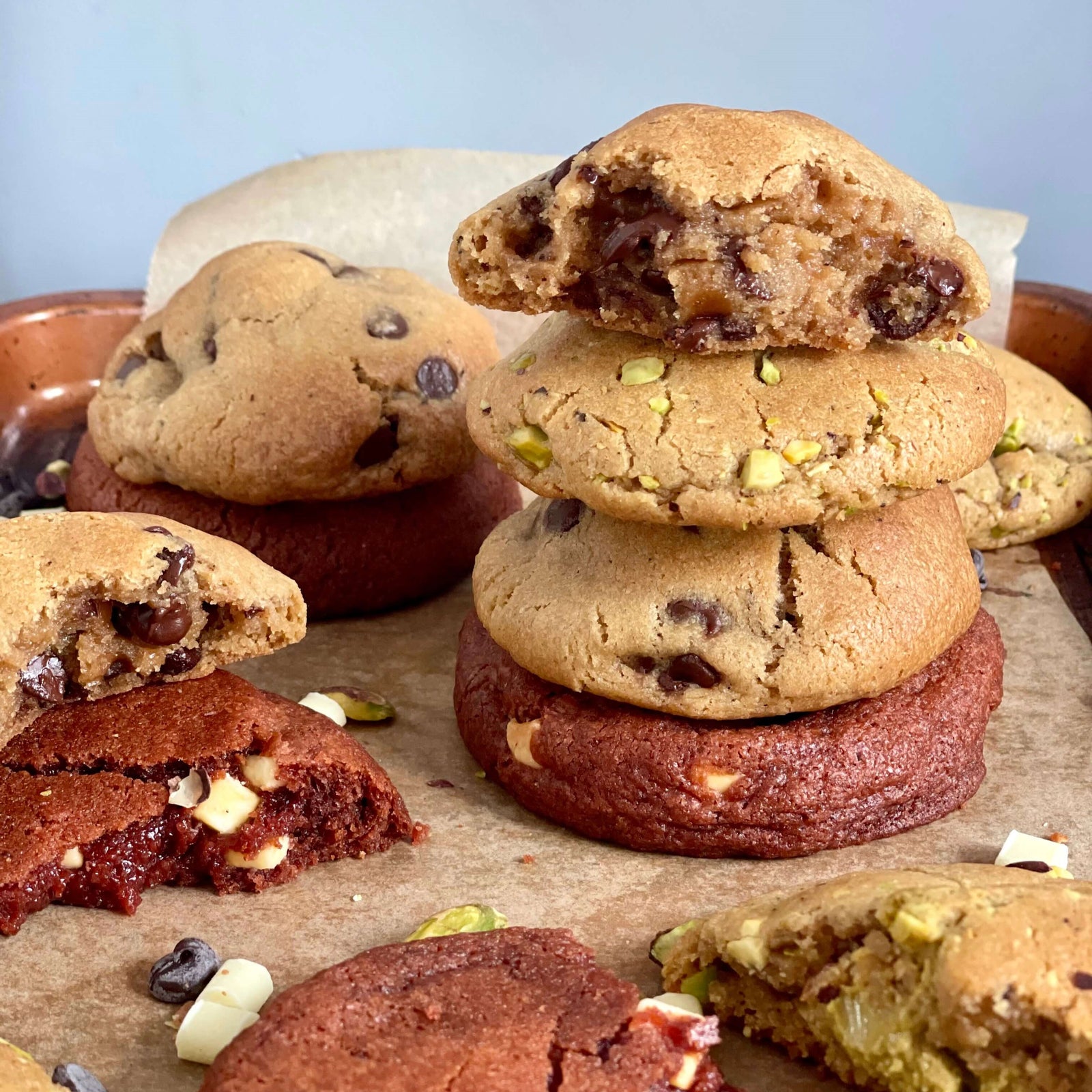
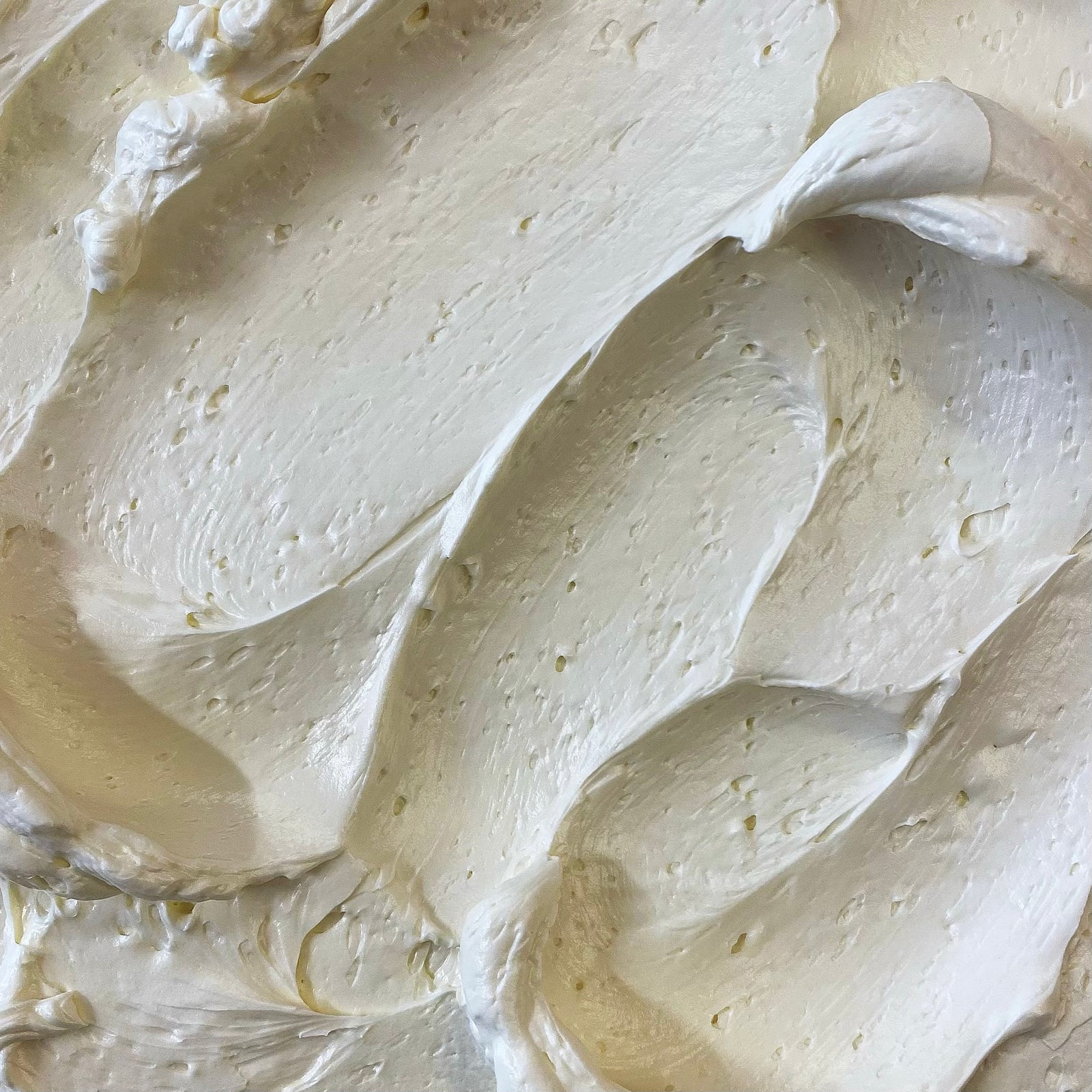

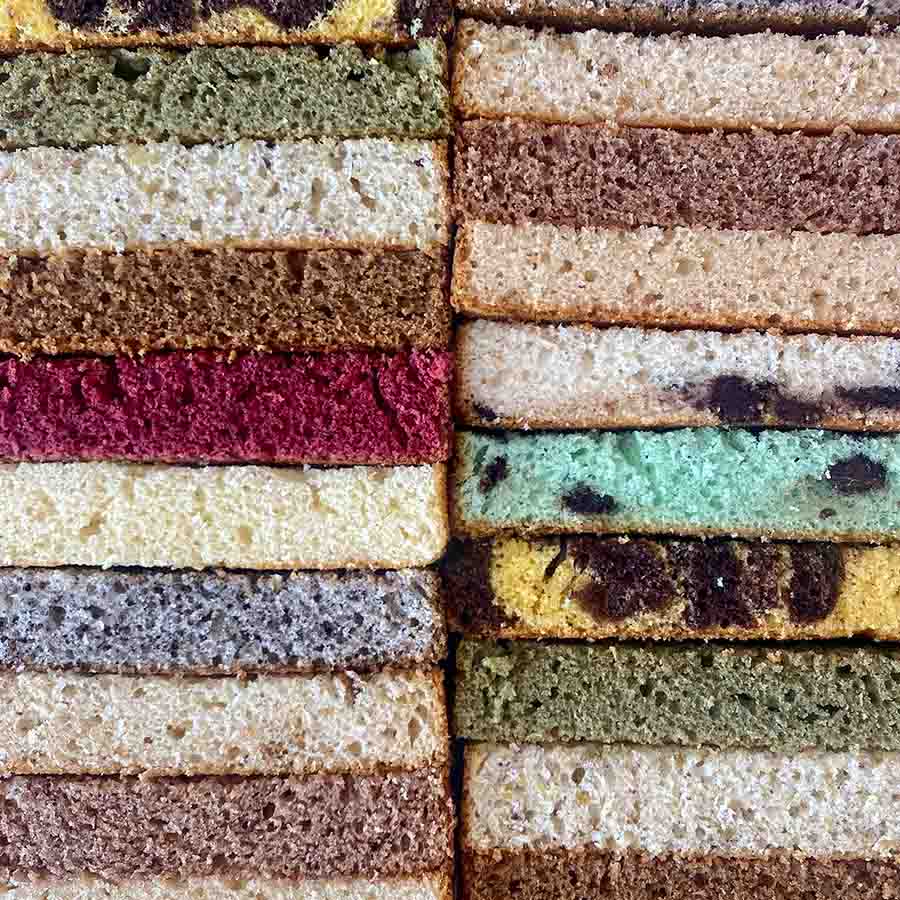
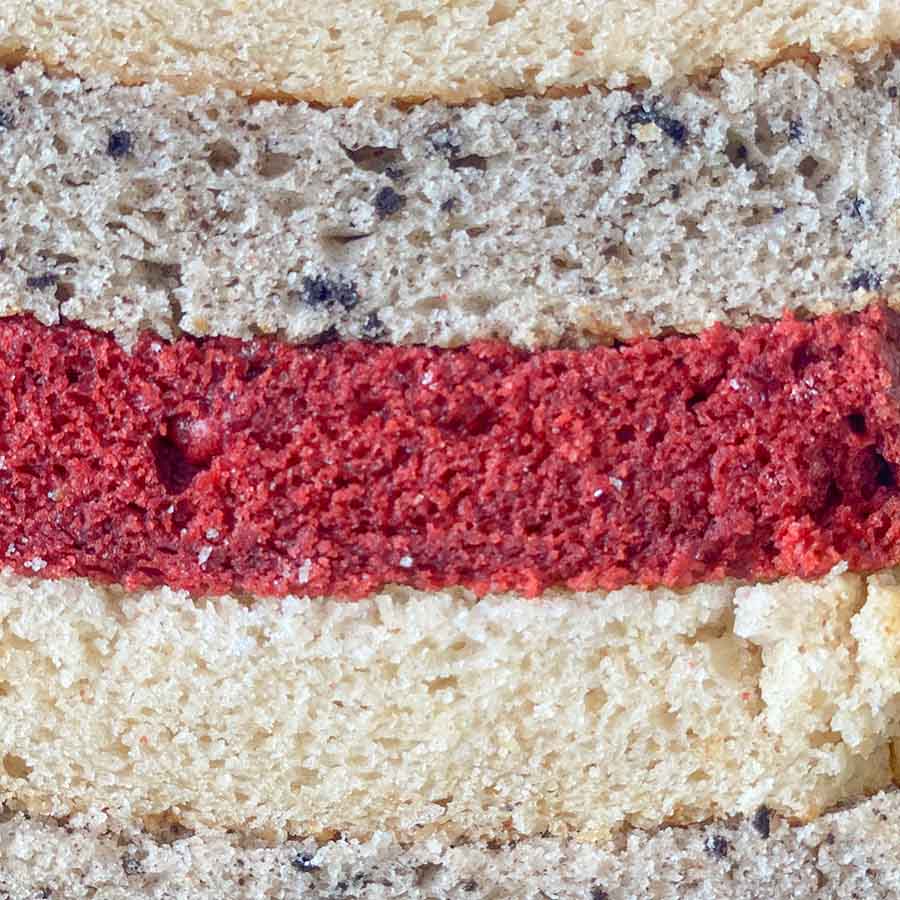
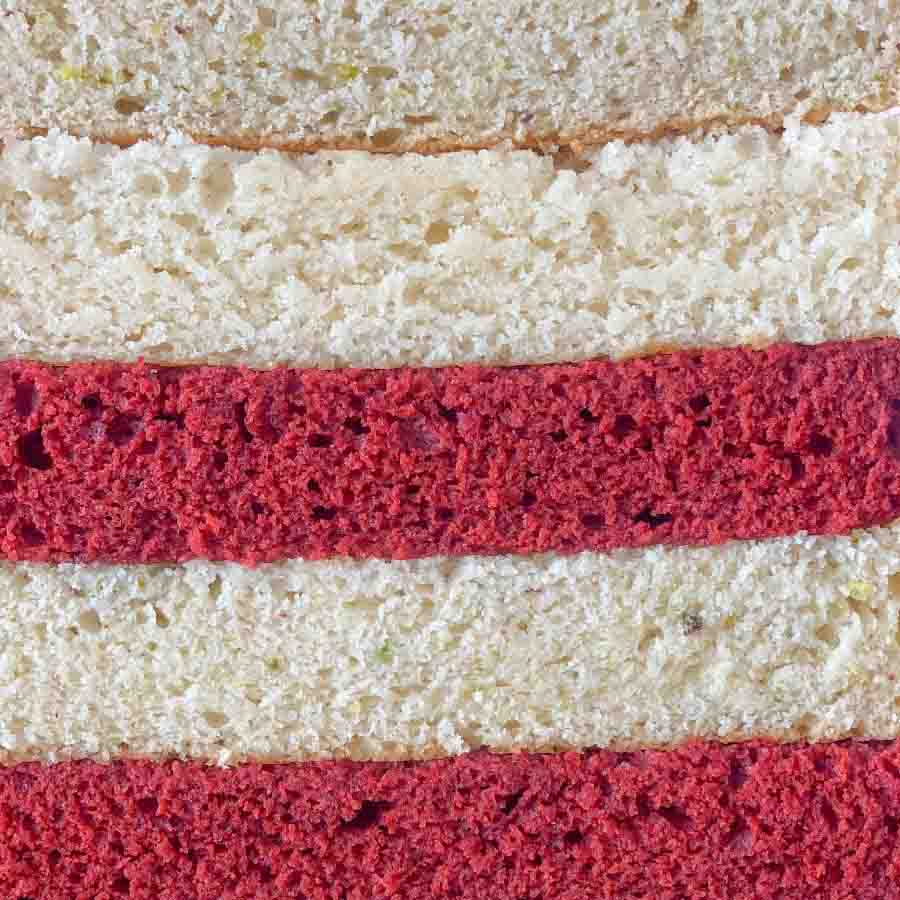
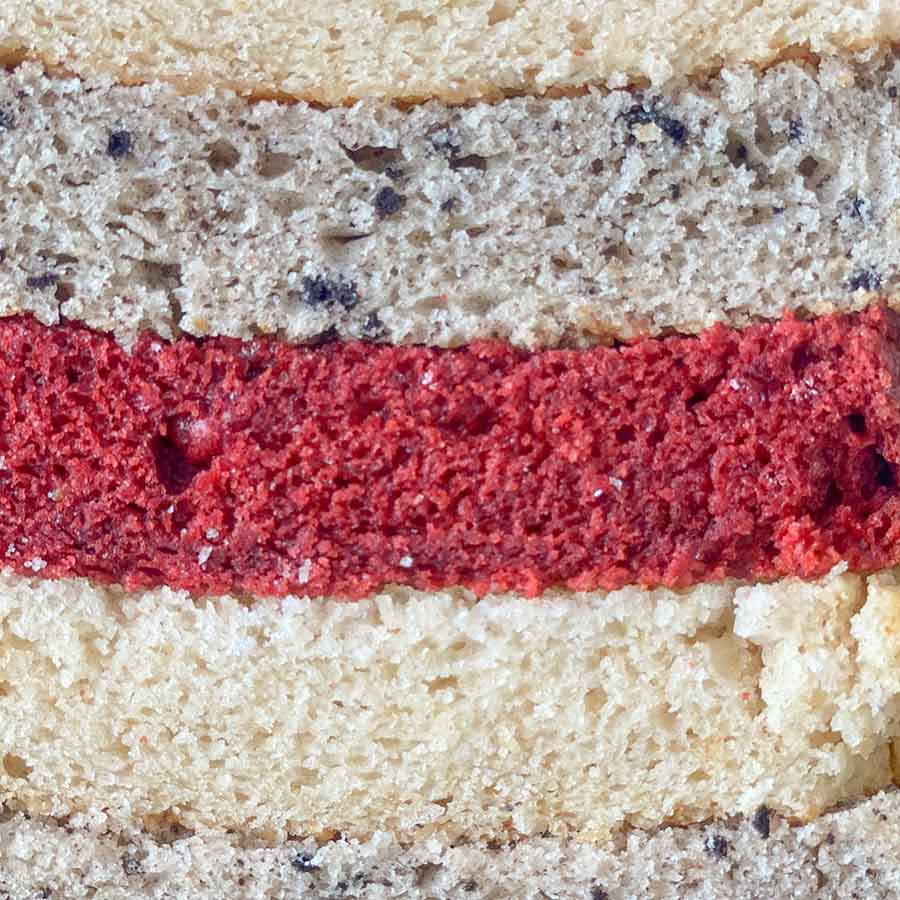

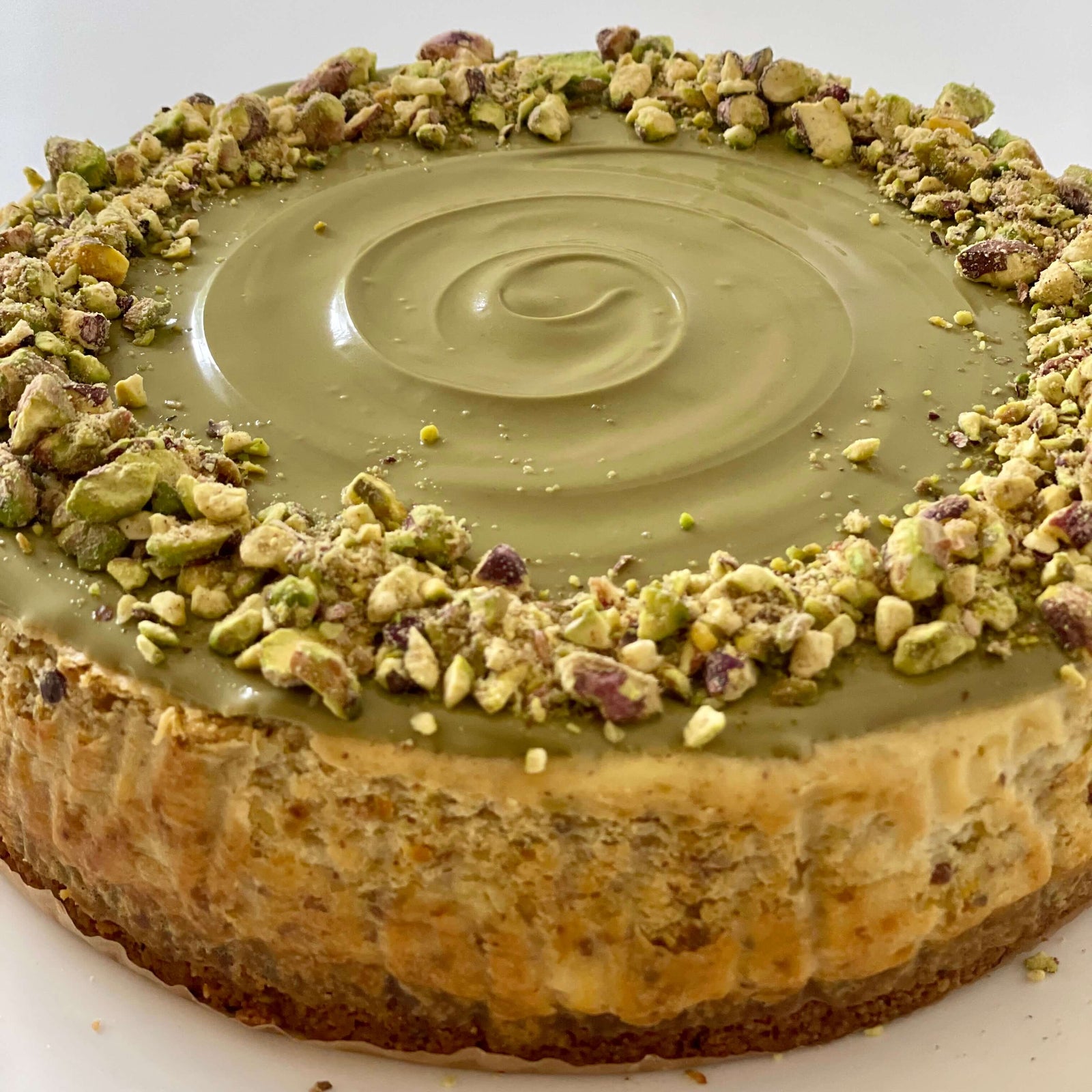
Leave a comment (all fields required)